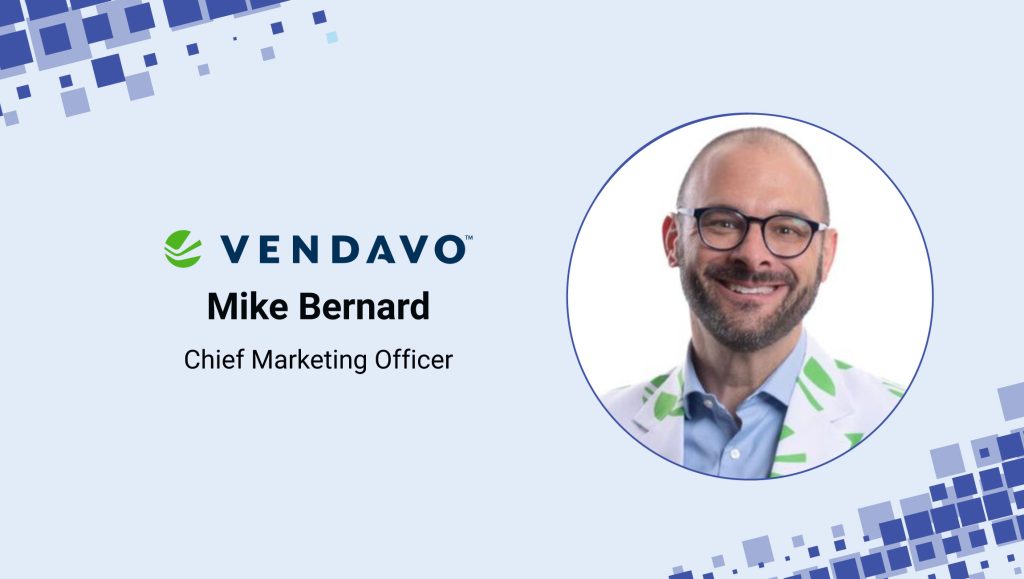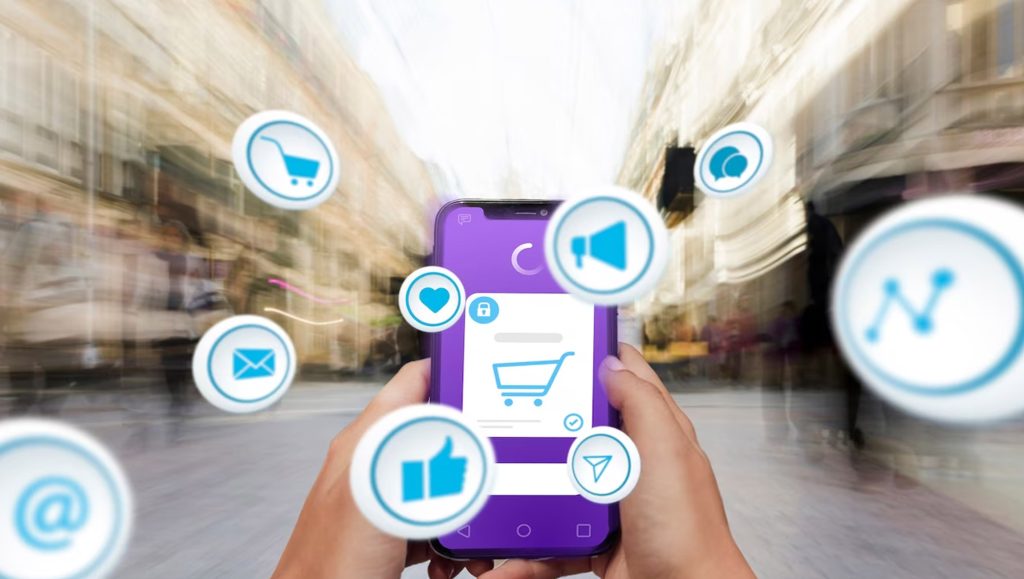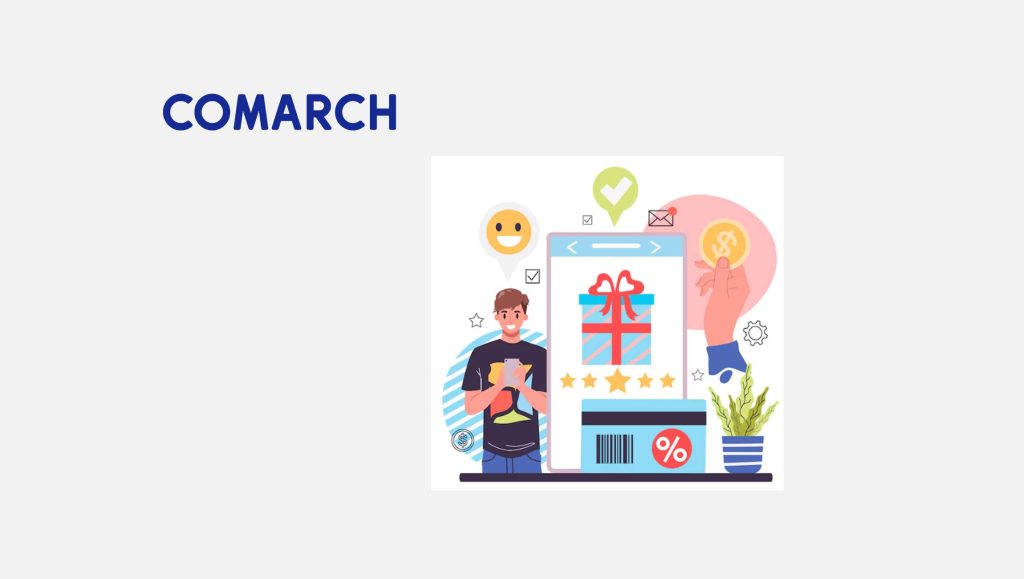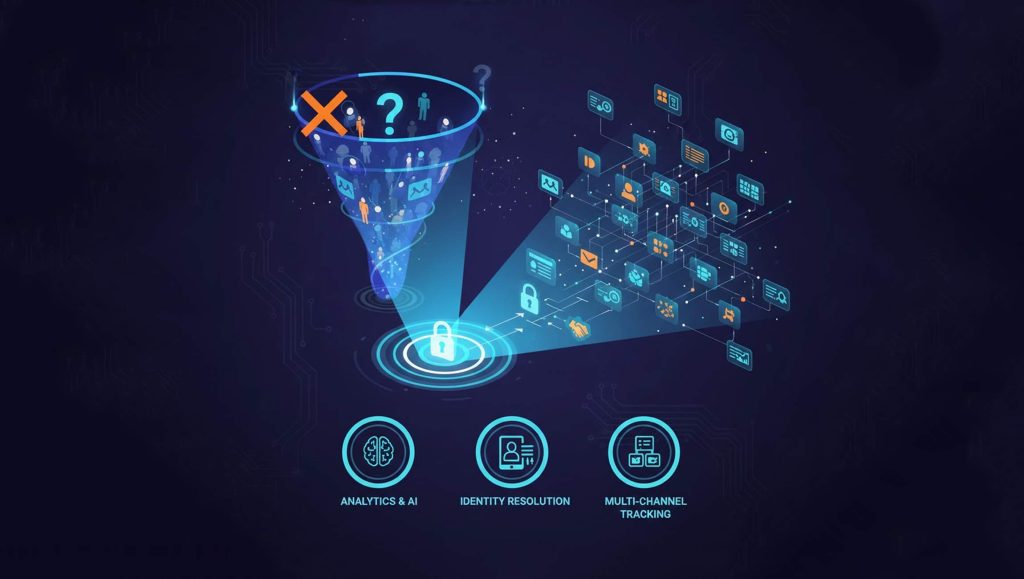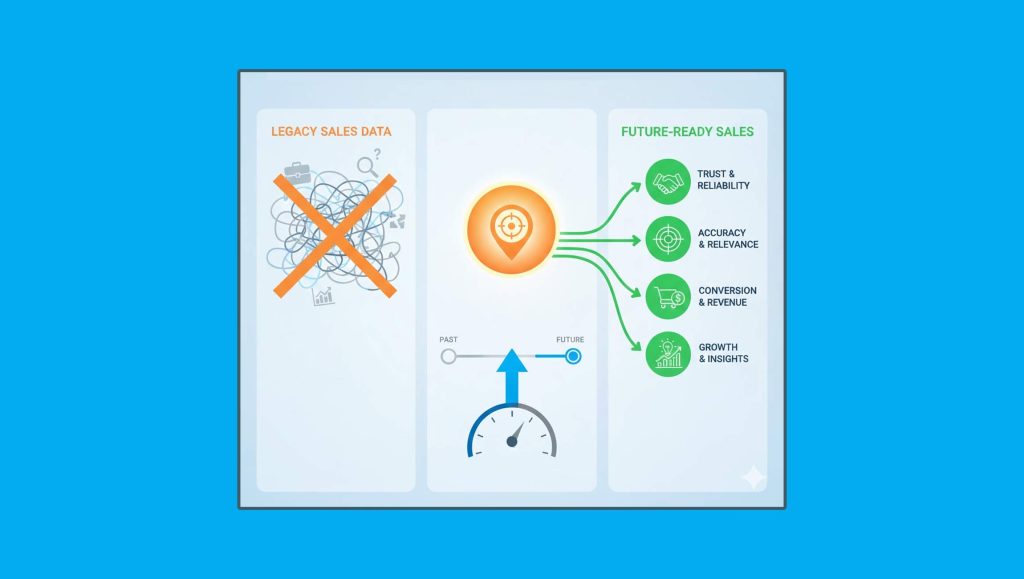Mike Bernard, CMO at Vendavo talks about the importance of having better sales-marketing alignment in this catch-up with SalesTechStar:
Hi Mike, tell us about yourself and more about your journey and time in the B2B SaaS industry? How’d you wind up as CMO at Vendavo?
I started my career in marketing for non-profit organizations that focus on affordable housing and fighting poverty. While at one of those organizations, we suddenly lost a major grant, and sadly, half of the organization was laid off. I needed a job, so I started looking for anything I could find. I was very fortunate to land a marketing role at the tech company, Xora. On my first day 15 years ago, they said Mike, we bought this thing called Marketo. Can you go figure it out? That was the beginning of my foray into B2B marketing and sales enablement.
While I worked with the technology I was asked to quickly master, I fell in love with demand generation. I have learned and grown through different jobs over the years since, but it’s been my foundation in demand gen that has earned me more responsibilities.
I came to Vendavo after working for Optimizely who had a focus on manufacturing and distribution. Vendavo focuses on helping customers manage and optimize price to grow margin and profit. I’m now fortunate enough to help big brands I deeply respect grow their bottom lines.
From a CMO’s perspective and POV: what would you comment if asked about the state of B2B SaaS Sales and why it’s fundamentally seeming broken today?
4 key trends are impacting B2B SaaS sales in 2024.
- Persistent global market uncertainty. We know inflation is cooling but it is still present. Global conflicts continue to wreak havoc across supply chains. While the market has improved from a few years ago, many organizations continue to play it safe when considering new technology investment.
- Software that over-promises and under-delivers. Many organizations doubled down on software acquisition through the pandemic and, while the rationale may have been sound, the end results have proven less than stellar for many. Maybe the software didn’t deliver what it promised. Or maybe key members of the organization didn’t buy-in and adoption suffered. Whatever the issue, headaches ensued, and buyer’s remorse crept in. One great thing about Vendavo is that our solutions and services directly improve margin and profitability. We know our applications are sticky because the value is readily demonstrated. Every organization wants to improve their financial position. And they want to do it fast, efficiently, and without disruption to their customers. We helped a $22 billion electronics distributor achieve a $7-8 million impact in one year. It doesn’t get much clearer than a bigger bottom line.
- The number of B2B software companies vying for attention is astounding today. Breaking out of that noise – and the bad corporate jargon that comes with it – to actually connect with someone is increasingly difficult. More than ever, it’s important for B2B sales and marketing teams to know their customers’ preferences and do whatever possible to exceed their expectations. If we don’t, you can bet someone else will.
Better understanding your customers should tie back to product and process improvements, so maybe all the noise is inevitably a good thing. Buyers are more prudent (important given some buyers’ remorse from previous purchases gone bad), and sellers are more diligent about truly connecting, delivering value, and delighting customers.
- New challenges to navigating the sales process. As enterprise buying committees get bigger, sales cycles get longer. Selling to a committee that was once 3 to 6 people but now has grown to between 10 and 20 requires more steps to gain alignment and agreement. While this is further evidence companies are working to make smart technology decisions, it also requires the sales team to improve efficiencies across their workflows and keep the process moving.
In a tough B2B tech market such as the one we are in now, how can marketing and sales teams align better to drive growth goals and keep healthy prospect and customer pipelines?
Growing the pipeline is not a new challenge, but it may be more difficult in 2024. There isn’t a magic bullet for maintaining a healthy pipeline; rather, a series of things need to happen.
Priority number one is alignment between sales and marketing leadership. Agreement on common metrics and definitions of what makes a qualified opportunity is critical, as is the process for advancing those opportunities through the different stages of the pipeline. The agreement should be inspected and enforced to ensure everyone is on the same page at all times. Terms and rules put down on paper, never to be looked at again, won’t work.
Priority number two is finding creative solutions for keeping everyone bought into the agreed-upon metrics. Maybe the sales team does monthly call blitzes. Your marketing team might find innovative new ways to connect with and educate prospective customers. Your RevOps staff will analyze data and provide new ideas. None of these actions will lead to success without respectively calling out behavior that doesn’t align with the agreed-upon terms.
One last thing that cannot be understated is the need for internal agreement and alignment on who your ideal customer profile and buyer personas are. Without that alignment, there’s bound to be frustration on all ends.
Read More: SalesTechStar Interview with Juan Jaysingh, CEO at Zingtree
When it comes to sales and the potential for improving margins with pricing strategies: what do you think modern B2B tech sellers can do?
Vendavo was founded to help organizations grow and sell more profitably. How can we help our clients increase margins and reduce margin leakage? The first step in selling price improvement strategies and solutions successfully is helping prospective clients set goals and stay accountable. If price improvement efforts improved margin or reduced churn by a factor of X, how would that impact the bottom line? We have to make sure our prospective clients can see the potential impact.
Modeling with live customer data helps buyers see future results and assists sellers in demonstrating application value. To ensure your solution and sales efforts don’t become commoditized and a spreadsheet checkbox, show real value. Don’t make it a race to the lowest price.
Can you throw light on some innovative pricing strategies / custom pricing strategies that work well in B2B SaaS and why?
Demonstrating your value to your customers will create a better application pricing scenario and deliver higher win rates. One strategy for showing value is to walk your prospects through an exercise that helps set the stage for expectations when using your application.
Sit down with a spreadsheet that contains 15 to 20 different scenarios and get agreement on what they consider reasonable. For example, you may ask, do you expect a 5% return? If yes, enter that into the spreadsheet, split the difference, and call it 3% to be conservative. Move on to the next category and say, on average, our customers in this category see a lift of 2%. Is that reasonable for your business? If they agree, put in 2% and see if that would generate an acceptable ROI based on increased orders and greater efficiency.
At the end of the exercise, there will be a number. Whatever that number is—let’s call it $1,000,000 in value—it becomes easy to discuss whether an application that generates $1,000,000 in value against a price point that is 1/5 or 1/6 of that value figure is reasonable.
When pricing your applications, find ways to quantify how you deliver value and work with your client to demonstrate it. Once they become customers, your customer success team can ensure these goals are met, and everyone is happy.
Five things you’d share about the future of martech, salestech and B2B tech before we wrap up?
- There will be more consolidation in the tech stacks that organizations are using to improve efficiency and reduce redundancy in their spending.
- AI will make us more efficient and provide insight that was not there before. It also has the potential to damage business by making it easy to put out substandard or inaccurate content or materials.
- With the proliferation of AI-fueled content, organizations must work overtime to establish a clear identity and voice. Develop compelling thought leadership; conduct independent research that shines light on a problem area; understand your customers and demonstrate how you meet them there.
- Find new metrics and KPIs that tell a more holistic story about how you are engaging with your customers, creating positive brand sentiment, and sharing content that encourages a growing sales pipeline. Win rates are great but more visibility into the entire sales process will power better decision making.
- The last few years have been difficult for B2B, but those challenges have helped organizations shake off the rust, build endurance, and deliver resilience. The challenging market we’ve faced will help organizations break free of old ways and embrace innovation, which will launch interesting opportunities for organizations to pull ahead.
Read More: Using ChatGPT for Sales
Vendavo, is a leading voice in pricing, selling, and rebate solutions.
For more than two decades, Vendavo has been helping global manufacturers and distributors drive predictable, profitable outcomes with the most robust B2B pricing and selling solutions on the market.
Mike Bernard is CMO at Vendavo, leading voices in pricing, selling, and rebate solutions.
Missed The Latest Episode of The SalesStar Podcast? Have a quick listen here!
Episode 203: Sales Trends Dominating 2024 with Andy Kankula, Vice President of Business Development at Sion Power


